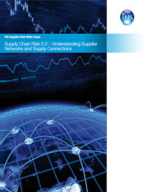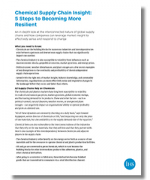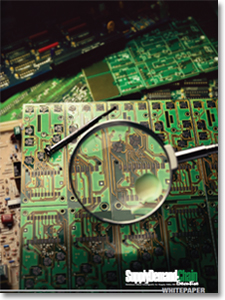Effective Strategies for Mitigating the Risks of Counterfeit Parts
Counterfeit parts will remain a thorny challenge for the electronics supply chain. However, a disciplined, structured approach can help your company mitigate the risk of counterfeits.
An increasing number of counterfeit parts are entering the supply chain, putting quality, brand reputation and sales revenue in jeopardy, as well as creating risks to health and safety.
The electronics supply chain is still grappling with how to mitigate the dangers of counterfeits. However, many companies in the sector already are putting in place effective programs aimed at reducing, if not eliminating, the counterfeit risk.
This whitepaper briefly describes the scope of the problem and the government and industry reaction, and then offers a look at how one company, L-3 Communications, is approaching this thorny issue.
A Growing Threat
Counterfeit and fraudulent goods cost U.S. businesses more than $200 billion a year and result in the loss of 250,000 U.S. jobs, according to the Federal Bureau of Investigations.
Within the electrical components sector, industry estimates put the losses at up to $10 billion annually. But in addition to economic impact, counterfeit and suspect parts and components also pose a significant risk to health and safety.
Consider that the U.S. Federal Aviation Administration once estimated that 2 percent of the 26 million parts installed on aircraft annually – a total of 520,000 parts – may be “substandard,” a category that includes counterfeit and fraudulent parts.
Or consider this statement from a recent report by the Electric Power Research Institute: “In the U.S. commercial nuclear industry, several CFSIs [counterfeit, fraudulent and substandard items] have been detected prior to being placed in active industry, and several others have been detected only after installation.”
Or this from the Department of Defense: the DoD reported last year that it had documented incidents of counterfeits in its supply chain ranging from GPS oscillators to rotor retaining nuts used to hold the rotor to the mast of certain helicopters – and in many cases, failure of these parts could result in failure of a mission and/or loss of life.
What’s Related




Favorites





